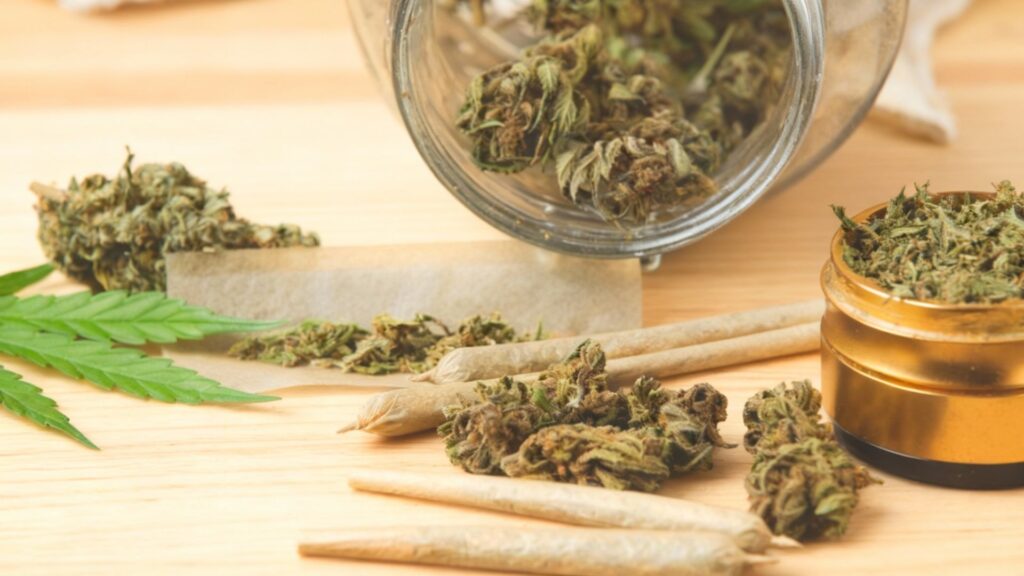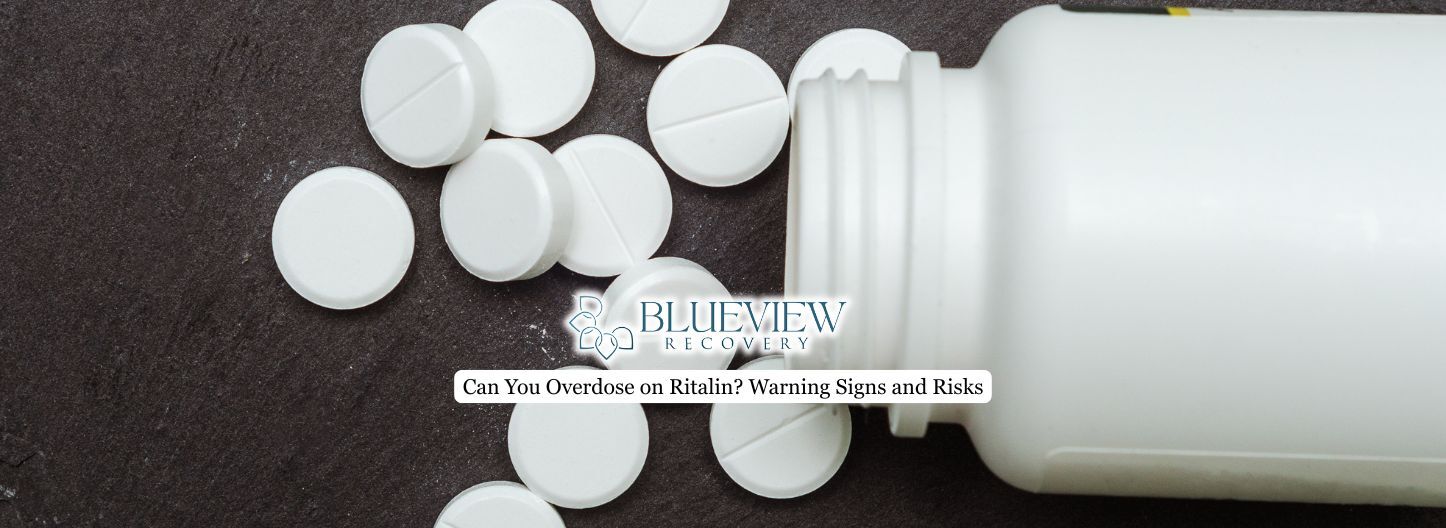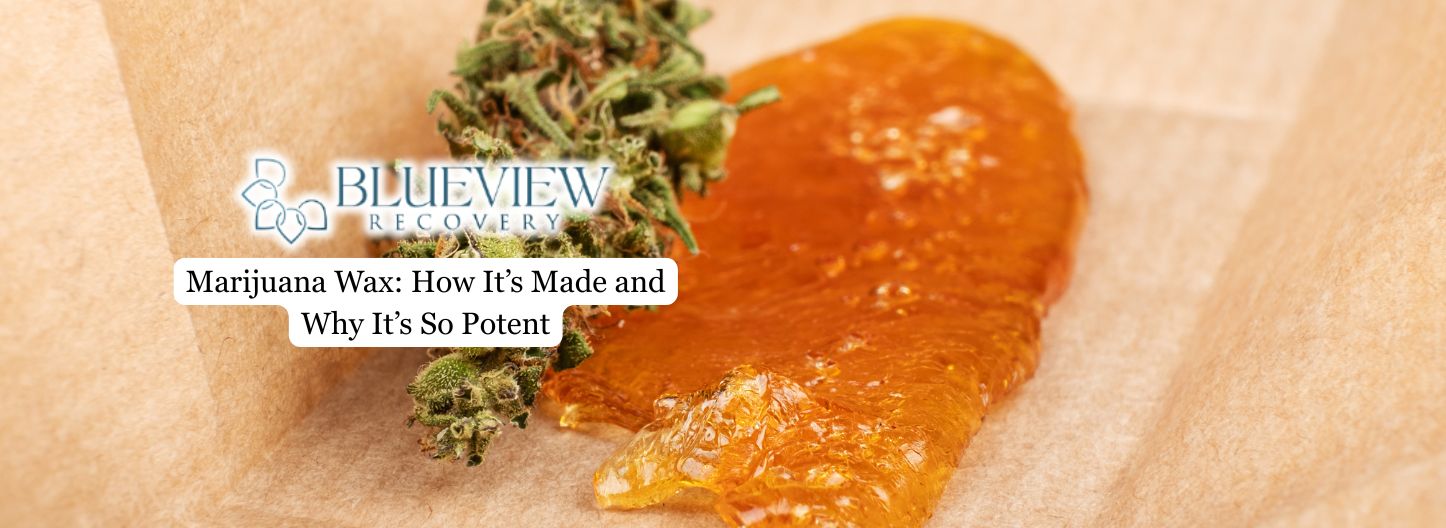K2, also known as Spice or synthetic marijuana, is a dangerous class of man-made chemicals designed to mimic the effects of tetrahydrocannabinol (THC), the active ingredient in cannabis. It is a man-made cannabinoid that remains popular among users seeking a cheap or intense high.
This article explains the unpredictable and sometimes life-threatening side effects of K2.

What Is K2 (Synthetic Marijuana)?
Cannabinoids are compounds that bind to the same cannabinoid receptors in the brain that THC, the primary psychoactive substance in natural marijuana, activates. However, man-made versions tend to bind more strongly and more unpredictably, which increases the risk of adverse reactions. Over 100 different cannabinoids have been identified in various formulations.
These substances are often sprayed onto dried plant material or dissolved in liquid form for vaping, then sold under names suggesting a natural or harmless product in many forms, such as dried plant mixtures for smoking, liquids for vaporizing, and powders intended for mixing. In the U.S., it is sometimes packaged and sold legally under names such as “herbal incense” or “potpourri,” and marked “not for human consumption” to circumvent regulation.
Unlike natural marijuana, which has more stable chemical properties and known risk profiles, its composition varies dramatically from batch to batch, which unpredictability magnifies its dangers.
Common Side Effects of Spice Use
Because cannabinoids are powerful and variable, even routine use can produce severe side effects. On the physical side, many users report rapid heart rate or tachycardia, elevated blood pressure, nausea, and vomiting. Some cases escalate to chest pain, stroke, or seizures, especially when underlying cardiovascular risk is present.
Psychologically, legal weed can trigger anxiety, paranoia, hallucinations, agitation, and disorganized behavior. In multiple U.S. case series, its toxicity has often presented with psychotic episodes and delirium, even in individuals without prior psychiatric history. Because the drug is stronger and more potent than THC, these reactions tend to be more intense and unpredictable.
Long-Term and Severe Health Risks
Use of synthetic marijuana over time raises the possibility of more profound damage across multiple organ systems. Neurologically, synthetic cannabinoids have been associated with persistent psychosis, cognitive impairment, confusion, and delirium. In the cardiovascular system, chronic use has been linked to arrhythmias, heart attacks, and sudden cardiac events, often in previously healthy individuals. Renal and hepatic injury have been reported, including acute kidney failure and elevated liver enzymes.
Respiratory effects, while uncommon, may include breathing difficulty, especially if the drug is inhaled. Because these substances are unregulated, they sometimes include adulterants such as synthetic cathinones called “bath salts” or unknown toxic agents, further raising long-term risk.
Withdrawal and Addiction Potential
Although synthetic cannabinoids were once marketed as less addictive alternatives to marijuana, growing evidence shows that they can lead to strong dependence and distressing withdrawal symptoms. After prolonged legal weed use, individuals may experience intense cravings, irritability, insomnia, sweating, tremors, headaches, and vivid dreams when attempting to quit.
Emotional and psychological challenges are also common during withdrawal, including heightened anxiety, depression, and mood instability. Because the chemical composition of synthetic marijuana products varies widely and is often unknown, withdrawal can be unpredictable and potentially dangerous without professional care. For this reason, professional treatment for K2 addiction in a supervised medical setting is strongly recommended to ensure safety, manage symptoms effectively, and support lasting recovery.

Why K2 Is More Dangerous Than Natural Marijuana
Unregulated production means there is no quality control, as users often have no idea what exact chemicals or concentrations they are ingesting. Synthetic cannabinoids tend to be far more potent, with stronger binding to CB1 receptors, leading to exaggerated effects and side reactions.
Many Spice batches are also contaminated with other toxic chemicals or cutting agents, which further raise the risk of overdose, organ damage, or life-threatening reactions. Natural marijuana has a ceiling effect and a longer safety history, whereas K2’s lack of predictability makes it far riskier.
Treatment and Support
The toxic and withdrawal effects of synthetic marijuana may lead to life-threatening complications, making medical intervention essential. In emergency settings, treatment may include supportive stabilization, monitoring of vital signs, sedation for agitation, and treatment of seizures or cardiovascular complications.
After acute care, behavioral therapies such as cognitive-behavioral therapy (CBT), motivational interviewing, and contingency management can help address dependence and underlying triggers. Peer support groups and recovery programs may provide social support and structure. Harm reduction strategies, like avoiding unknown Spice products, never using alone, and carrying naloxone, are also part of educational efforts in many U.S. communities.
Final Thoughts from Blueview Recovery
K2 addiction poses serious risks due to the drug’s unpredictable chemical composition, intense psychoactive effects, and high potential for dependence. Understanding these dangers and recognizing the early signs of synthetic marijuana abuse can be the first step toward getting help.
At Blueview Recovery, we provide comprehensive treatment for K2 and Spice addiction in Philadelphia, PA, through medically supervised detox, evidence-based therapies, and personalized recovery planning. Our experienced team offers compassionate, specialized care to help individuals regain stability, rebuild their health, and move forward with confidence in lifelong recovery.





